Companies from every industry are crazy about video marketing. For them, it’s a fun way to engage their audiences and also an effective strategy to boost brand exposure.
It’s not just empty rhetoric, it’s a proven fact. Just take a look at these stats by Biteable:
- video content attracts 300% more traffic and effectively nurtures leads
- a website that has a video on its homepage is 53 times more likely to get to the top of Google search results
- if you include a video to your landing page, it can boost conversion rates by up to 80%
- video content can increase organic search to your site by a whopping 157%
- 52% of marketers agree that videos deliver the best ROI
Amazing, isn’t it?
Indeed, launching a video marketing campaign can give your business a significant boost. Especially if you own a real estate agency or work as a real estate agent by yourself, running even a small video marketing will make your business more recognizable.
But it’s all good in theory.
In practice, unfortunately, you cannot just give way to your creativity and upload any video without prior planning. You need to know who to address in your videos, not to mention – understand which types of videos your audience will like.
What can help you with that?
Social data will give you all the answers.
What is Social Data?
When we talk about social data, we mean all the information that internet users share publicly. Usually, they share this data on social media, hence the name of it.
Which information does social data describe?
There are quite a few useful insights that you can extract from social data:
- details about the demographics (e.g., gender, age, location, language)
- biographic data (e.g., first and last names)
- likes, shares, comments, shared links
If you have at least one social media account for your real estate business, you already have the necessary social data at hand to help you run your video marketing campaign.
However, social data is, in fact, big data. This means that it comes in immense volumes and is constantly updated, making it quite a challenge to keep up with it.
To help you feel not as overwhelmed when trying to analyze social data, here are a few useful applications for it that you can also employ in your real estate video marketing campaign.
1. Do the In-Depth Analysis of Your Audience
A good marketing campaign always has its target audience. The more precise the definition of your audience is, the more solid is the foundation of your marketing campaign.
The same is with video marketing – you need to know who you’re engaging and addressing in your videos. Apart from that, having a proper description of the target audience at hand is necessary for video storytelling and creating the flow in your video script.
That’s why you need all the data you can get to make the description of your target audience. Social data can be of huge help here.
Remember, we talked about how social data can give you information about the demographics of your audience? You can take advantage of this information when defining your target audience persona.
For example, let’s say you’re active on Facebook, where you have a page for your real estate business. If you go to Insights and jump to People, you can see the demographics of your followers:
As you can see in the image above, Facebook provides you with all the basic details about the demographics. You can use these details when outlining the target audience persona for your video marketing campaign. It will make your efforts more fruitful and give your videos a clear purpose.
2. Choose the Type of Content Your Audience Will Love
Finding the right type of video content to engage your audience is one of the biggest challenges for marketers.
Notably, this can be a struggle for many industries, not just for real estate. Even if you have an online language learning school and a channel where you share tips on how to learn English, you can still get stuck when choosing the right types of video content to produce. Is it going to be a podcast? A how-to video? Or a vlog? It’s a tough choice to make.
So, how can you make sure that you’re producing the videos that your audience wants to see?
Social data has the answers.
Let’s consider our Facebook example one more time. Just like with the demographics, the platform provides you with the insights that describe your audience’s preferred content.
If you go to Insights and then select Posts, you’ll see the general statistic, which content your audience prefers in general, and content breakdown post-by-post:
Let’s take a closer look at what we can see in this image.
Every post has its own Reach and Engagement metrics. Facebook calculates these numbers based on the feedback that comes from your followers – their likes, shares, and comments.
After collecting this social data, Facebook presents to you the breakdown of every post by its popularity, helping you determine which kinds of posts your audience wants to see more.
Of course, this might not be enough to plan the content strategy for your video marketing campaign. For a deeper understanding of your audience’s content preferences, you might need to look into their interests.
If you’re using Twitter for your real estate business and have the same following base there, you can check out Twitter’s Analytics tab to learn more about your audience’s interests:
Even though some of these interests might not be related to the real estate industry, you can still incorporate them into your videos. For instance, you can feature a dog in a property review, which would bring some fun to the video.
How else can social data help with content distribution?
Another important factor in a successful video marketing campaign is when the content should go live.
If you post your videos when your audience is not online, they will get lost in the feed, and your audience will never see them.
Luckily, social data can help you avoid that problem. For example, on Facebook, on the same page where we saw the analysis of content preferences, you can check out the time when your audience is online:
If for some reason, you cannot post a video at the time when your audience is active, every social media platform allows you to schedule your posts.
3. Find out What’s Trending in Your Niche
If you want your video marketing campaign to be relevant, you need to have a good knowledge of trends in your industry.
One way you can get relevant information about trends is through hashtag analysis.
Every hashtag is a carrier of social data. It shows how many times internet users shared particular content. This information determines the hashtag’s popularity.
Most definitely, you’ll use hashtags in your video marketing campaign to help your audience find your content easier. But before you include random hashtags in your video descriptions, check their performance first.
Here’s an example of how different the performance of two hashtags can be:
As you can see, both hashtags are equally popular, but their Month Trend and Week Trend metrics differ significantly. This data can help you find the hashtags that will deliver additional traffic to your content and boost your brand awareness in general.
4. Help You Find the Influencers to Promote Your Campaign
Many companies incorporate influencer marketing into their video marketing campaigns to get themselves noticed. As a real estate professional, you can do that too, as there are quite a few influencers from this industry that are ready to cooperate.
How can influencer marketing help a real estate professional?
Influencers can help you produce content that is relevant to your niche. Moreover, they usually already have the audience that you want to reach out to. By promoting your content, they give you access to their audience, which is a unique opportunity you can’t leave behind.
But how can you make sure that you’ve chosen the right influencer?
Social data can help you out.
If you’re looking for fellow real estate professionals to partner with, tools like Social Blade can give you the information about their followers and their general influencer rank.
For example, on the image below, you can see the media presence analysis of the real estate influencer Graham Stephan:
Image credit: Social Blade
You can see the general number of subscribers for each influencer and subscriber count. However, what should look more into is their rank as well as their main content type and how well it agrees with the type of content you want to create for your video marketing campaign.
Wrapping Up
As you can see, all your questions magically get answered when you start incorporating social data into your video marketing campaign.
Social data provides the necessary information for you to better understand your target audience and its content preferences.
Besides, with social data, you can make your content more noticeable by choosing the right hashtags and find the right influencers that will help you promote your content. With this information at hand, you can launch a successful video marketing campaign that will bring your real estate business to the top.


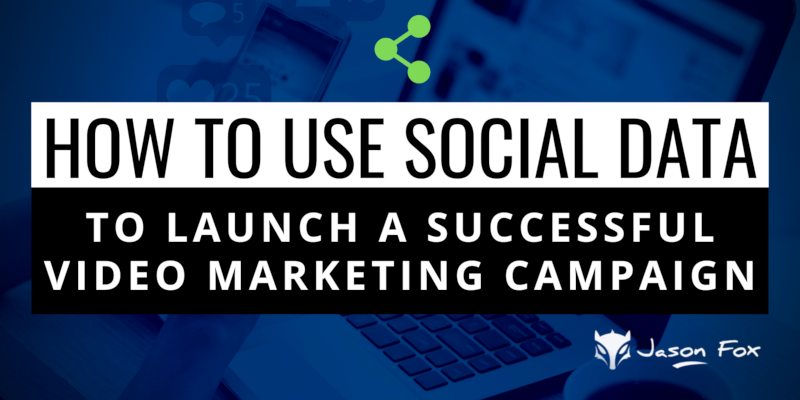
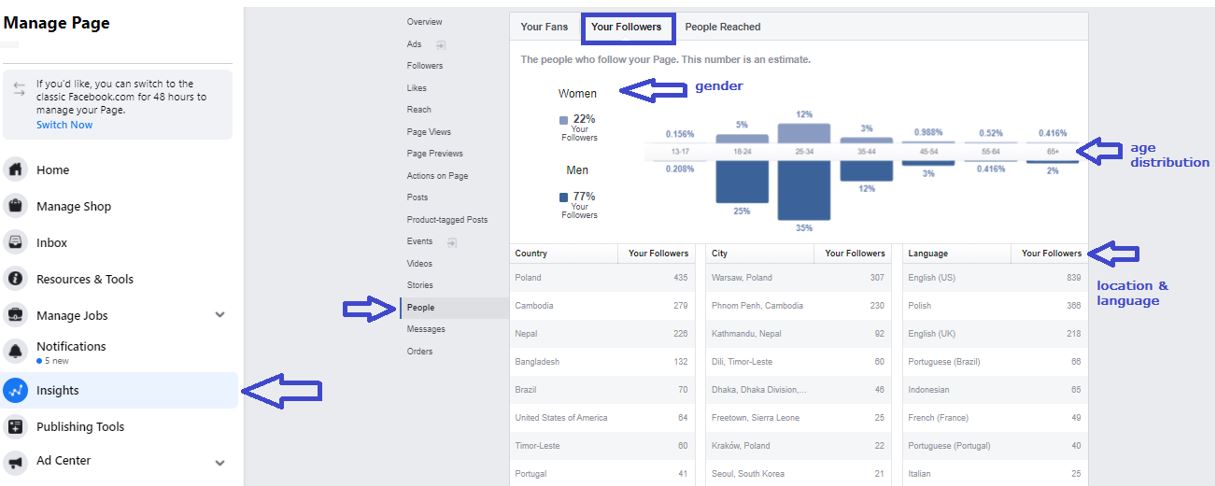
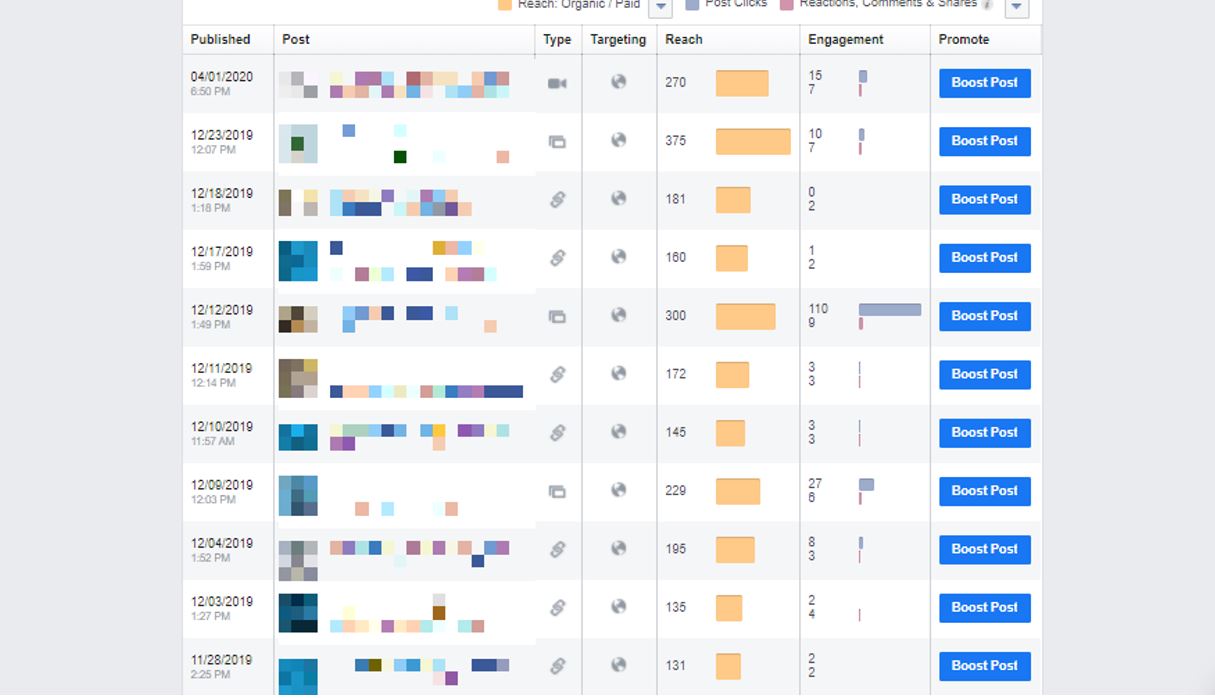
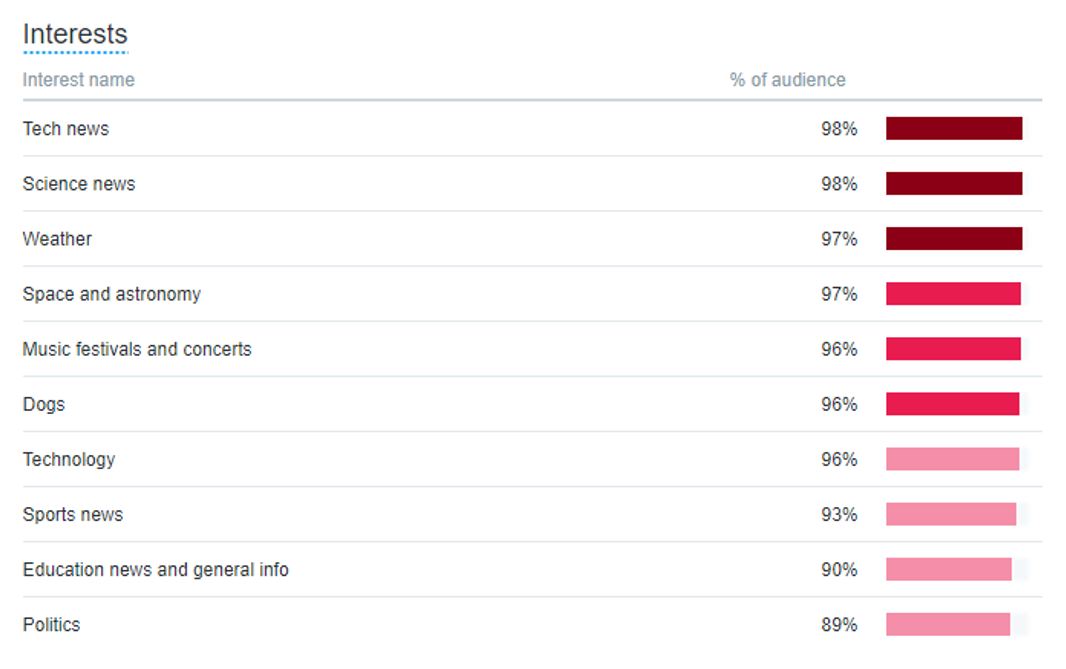



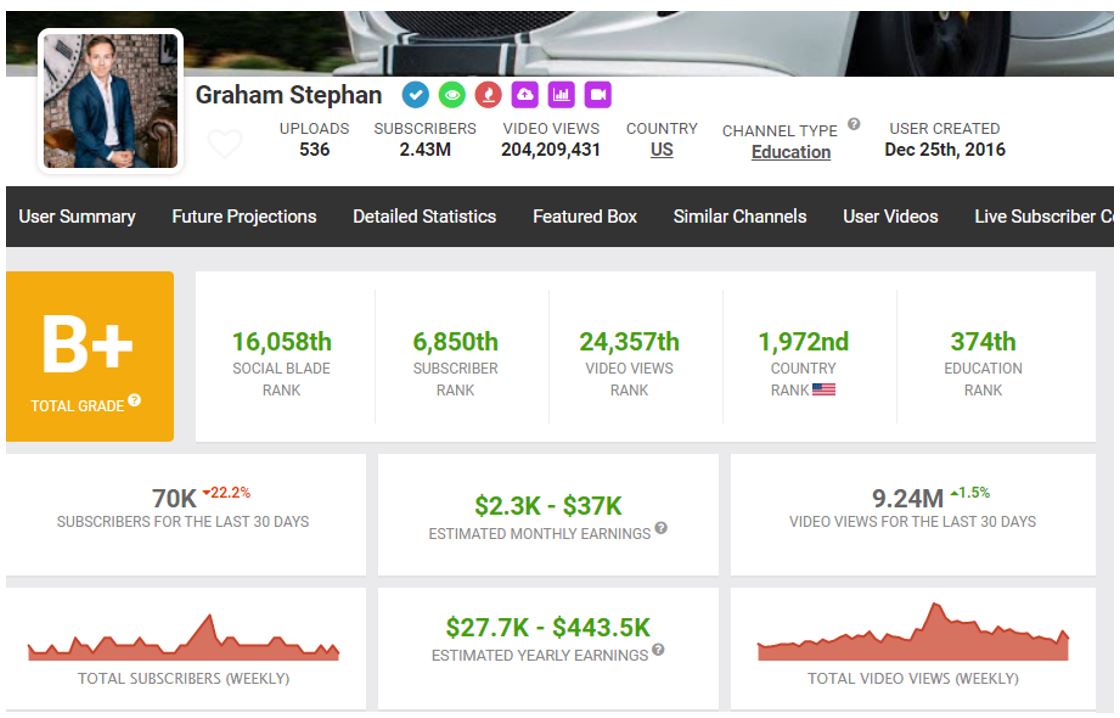

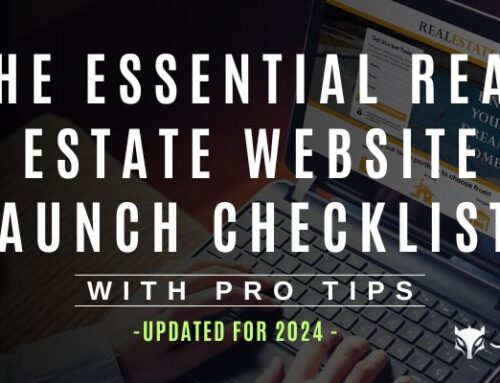


These are very interesting strategies. Will try to implement. Thanks for sharing this informative post.
Thank you